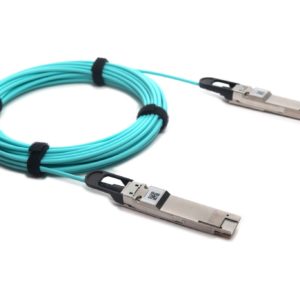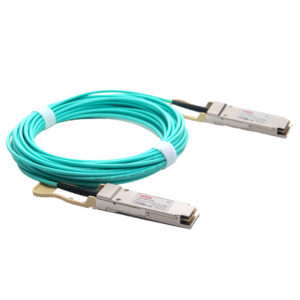The coastlines of Miami and New York engulfed in rising sea waters, forest fires raging across Colorado, California and Oregon, species dying, including ultimately our own. Can this happen in our lifetimes? According to doomsday prophets, this apocalyptic nightmare is happening now or just around the corner.
One reason for that is technology. Undoubtedly, our world has changed at lightning speed in the last few decades, thanks in part to technology and the Internet. But with its ability to improve and extend our lives, there’s a darker side. Technology accelerates energy use, increasing emissions of noxious gases which raise temperatures and wreak havoc on the planet.
Data Centers and Energy Consumption: The Impact on our Environment
The fiber optics industry – and those it supports – contributes to this. As we build faster fiber optics networks with increased bandwidth, transmitting more data faster, we consume more energy. We need to process that data in data centers. According to the US Department of Energy, think tank organizations and analysts, data centers account for nearly two percent of global electricity consumption, and by 2030, that proportion is expected to double. Powering data centers is not the only issue: cooling data centers consumes energy and electricity and drains natural resources, particularly a critically vital one: water. This can be a problem because data centers are often located in areas of water scarcity where they further deplete a critical much-needed resource.
Aside from depleting water supply, electricity generation, which powers fiber optic cables and data centers, emits noxious gases and precipitates global warming. According to the EPA, electricity production represented 25 percent of 2019 greenhouse gas emissions, contributing the second largest share of those emissions. About 62 percent of our electricity comes from burning fossil fuels, mostly coal and natural gas. The Union of Concerned Scientists claims (2018) producing electricity/power is a major source of air pollution and the single largest source of global warming in the U.S.
While advances in fiber optics exacerbate the problem, we are also part of the solution. Here’s how.
Fiber Optics Industry Responds to Challenges
Power consumption has been at the center of national and global studies and global agreements, from the Paris Accord to the Build Back Better Act, which allocates billions to fund clean energy. At the 2022 OFC Conference in San Diego, energy efficiency is a trending topic. Speakers include John Bowers, Director, Institute of Energy Efficiency. The conference will bring together the best and brightest to discuss the latest innovative technologies that save cost, latency and energy, and power energy-efficient data centers.
Vitex: A Pioneer in Sustainability
We partner with highly respected fiber optics manufacturers internationally who are consciously developing products that use less energy.
Vitex will be exhibiting new and exciting products at OFC.
- AOC: Our 200G and 400G active optical cables dramatically lower power consumption. Designed specifically for use in data centers, as well as high-performance computing, their energy-saving capabilities derive from the use of analog chips which lower energy, cost, and latency compared to power-hogging DSP chips widely used by competitors. They are proven to reduce power by 10-25% as compared to fiber optic cables running on DSP chips.
- AEC: Active electrical cables use copper to transmit signals; copper consumes less power than fiber. Our AEC products consume even less power than those of our competitors. What makes these cables particularly innovative is that in addition to using less energy, they’re engineered to overcome many disadvantages of traditional copper cables: they are lighter, go longer distances and have greater bending radius, making them easier to configure in small spaces.
Craig Polk, Product Manager at Vitex, thinks global warming and sustainability should be more than just buzzwords for the politically correct: the fiber optics industry should do more to resolve the problem. We are moving in the right direction, toward greener products. Polk believes the industry will ultimately be more regulated with products rated for energy use. “Suppliers and engineers,” says Polk, “will need to look for innovative ways to use technology to resolve these problems.” Vitex is clearly a pioneer in that effort.
About Vitex
Vitex, based in northern NJ, has been supplying high quality fiber optics products to multiple industries since 2003. We offer US-based customized solutions, engineering know-how, and technical support. Talk to a Vitex product expert about your next project. Our technical team can guide you to the right connectivity solution.



